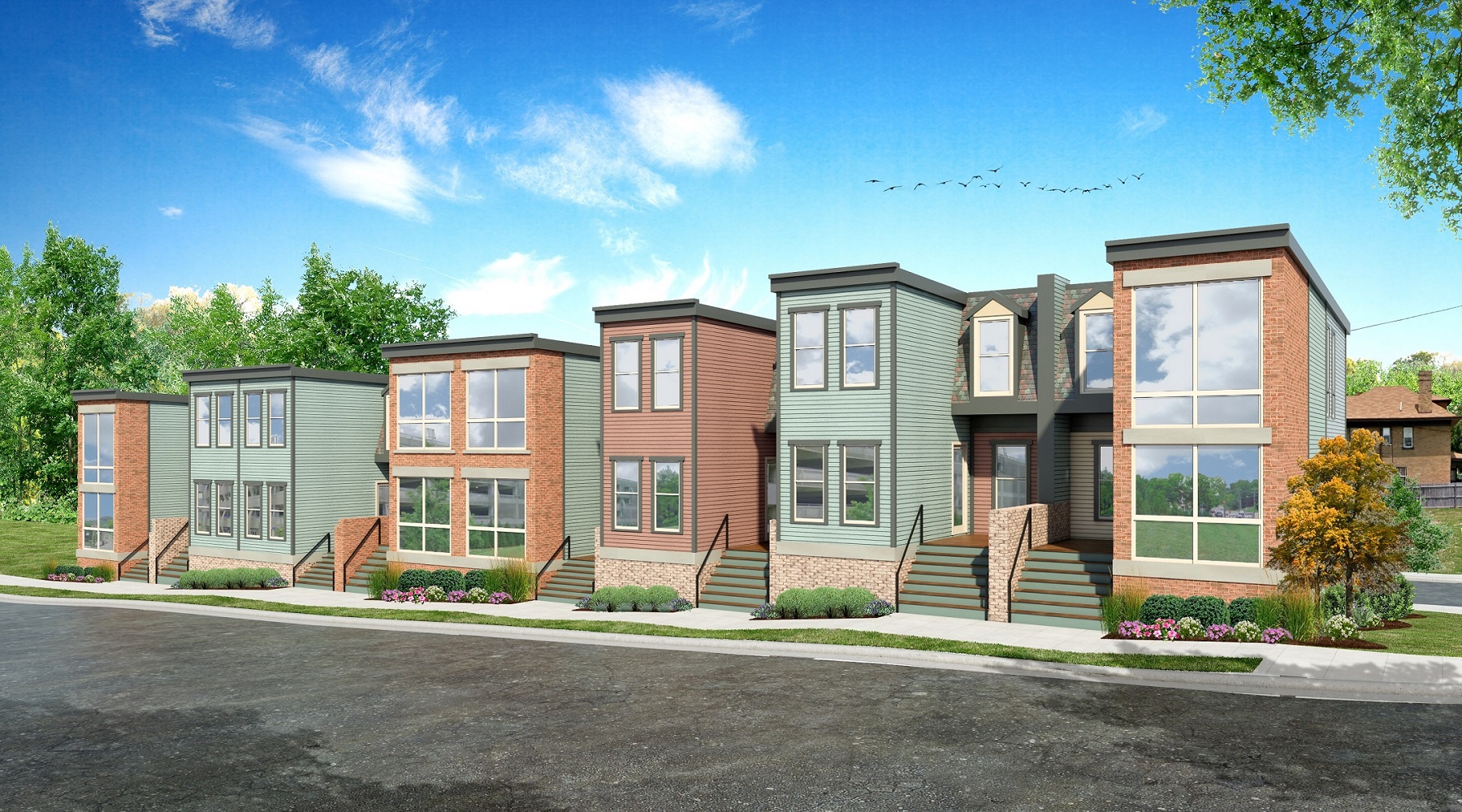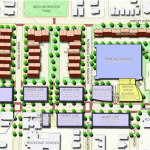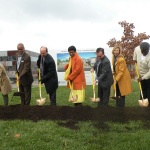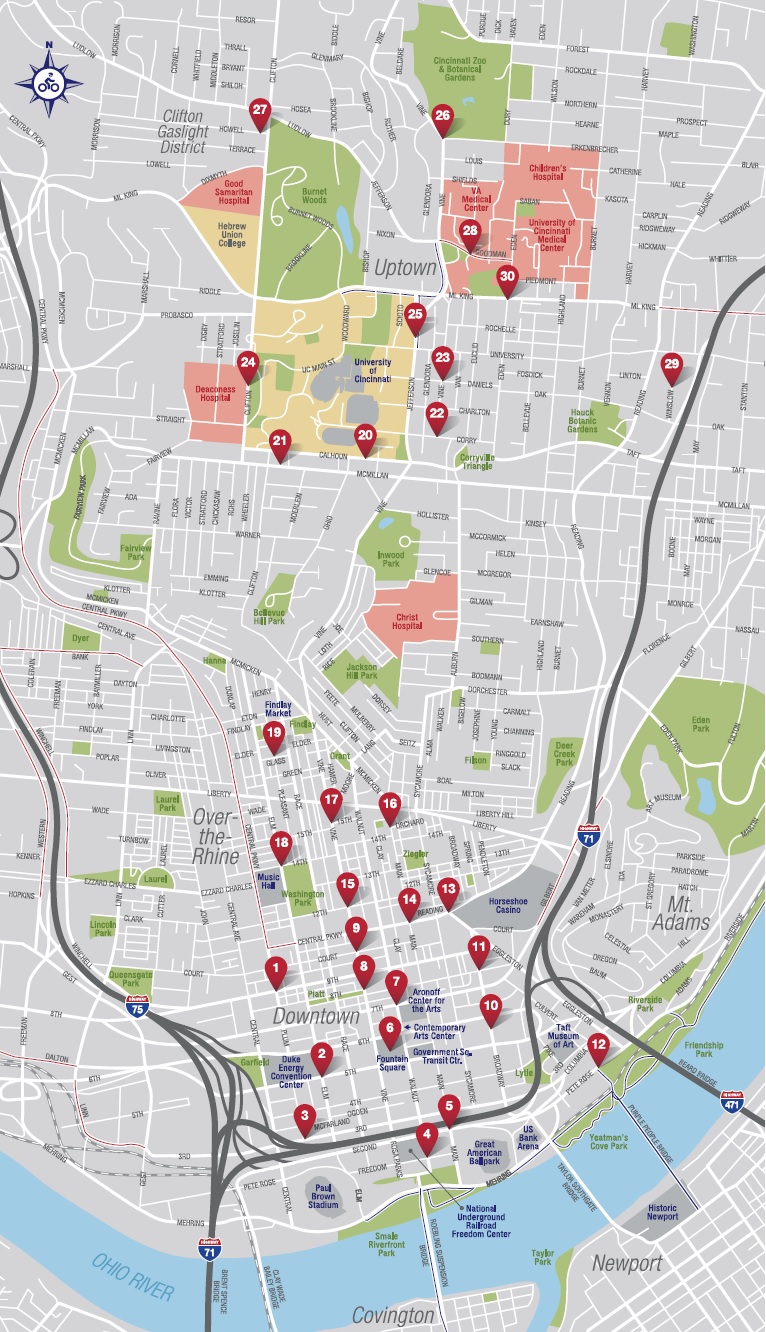 Cincy Red Bike has been in operation for nearly six months. So far, city leaders and system operators are encouraged by the more than 600 members and roughly 18,000 trips that have been made during that time. As a result, many are now calling for the system’s expansion as it heads into the best six weather months of the year.
Cincy Red Bike has been in operation for nearly six months. So far, city leaders and system operators are encouraged by the more than 600 members and roughly 18,000 trips that have been made during that time. As a result, many are now calling for the system’s expansion as it heads into the best six weather months of the year.
As of now, Cincy Red Bike’s system includes 30 stations throughout Downtown, Over-the-Rhine, Clifton Heights, Clifton, Corryville, University Heights and Avondale. While 263 bikes were originally purchased, the bike share system’s executive director, Jason Barron, says that there are normally around 220 bikes deployed, and that the number has dropped to as low as 140 during recent heavy snow events.
Barron told UrbanCincy that the goal was to reach 52,000 rides in the first year of operations. While Cincy Red Bike has so far provided approximately one-third of that, they say they are undeterred.
“We are obviously under that projection so far, but that assumes linear ride rates,” he explained. “Because of the weather, we do not expect to be above the pace so far. What we do know is that we had huge numbers in our first month, which was decent weather, and we have seen a great spike on decent weather days in the winter.”
When comparing Cincinnati’s performance to other cold weather peers, Barron’s optimism appears to be justified. In January, for example, Cincy Red Bike logged around 1,800 rides, while the system in Indianapolis had just 1,200.
While opening up to cold weather months may seem like a rough way to start a system, Barron says that it was, in part, intentional to have a slow start period in order to have time to learn how to make modifications to the system and its operations.
One of those lessons learned is that stations like the one at Main/Orchard are far more popular than what was originally anticipated. This falls in line with national research that shows stations located in densely populated residential clusters are more heavily used than those located by landmarks. As a result, the next round of expansion will most likely include stations situated in those types of locations.
“The three busiest stations, by a factor of a third, are Fountain Square, 12th/Vine and Main/Orchard,” noted Barron. “We will start to look at areas in the West End like Linn Street, Bank Street, City West and maybe Brighton. We have to look and see where there are opportunities to connect people and make a difference in their lives.”
Beyond the West End, most additional stations, which cost approximately $50,000 each, will most likely be placed near the existing service area, but much has recently been made about an expansion across the river into Northern Kentucky. Since political discussions, permitting and fundraising are still underway, Barron was naturally hesitant to discuss specific details about the number or location of new stations.
“Public space is at a premium. The trick is finding a place where people want to be, but that is also available.”
A recent partnership between Cincy Red Bike and The Enquirer yielded over 1,000 location suggestions for new stations. In addition to Northern Kentucky, Barron says that Northside and Walnut Hills were also top choices.
Rumors have it that there will be 10 to 12 stations to open initially in Covington, Newport and Bellevue; while, in Cincinnati, Northside may be the next neighborhood to be graced with a station near Hoffner Park.
What is confirmed is that four new stations will be installed in Cincinnati in March, and Barron says the goal is to roll out the initial expansion into Northern Kentucky later this summer. Like Uptown and Downtown, bike share operators clearly see Kentucky’s densely populated river cities as a major opportunity.
“It’s not enough to just launch in Northern Kentucky. We need to launch successfully,” Barron said. “Hopefully we’ll be able to raise all the funds we need to roll this out right.”
Fundraising continues to be a significant matter for Cincy Red Bike, which was launched, with much acclaim, under the auspice that it would primarily be funded with private contributions. While financial data has not yet been released, Barron says that they have been hitting their targets and plan to unveil on-bike sponsorship opportunities in the coming months.
“We going to be building out a bit here or there, but we really want to go where we think we can activate new ridership bases,” said Barron. “Really, though, I can’t wait for spring.”
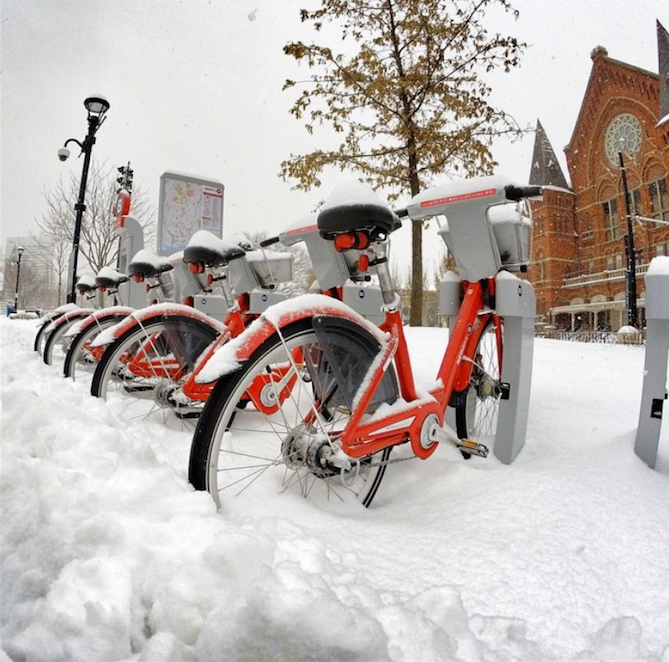
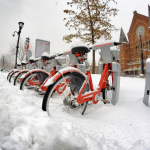
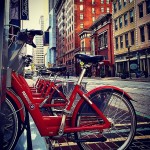
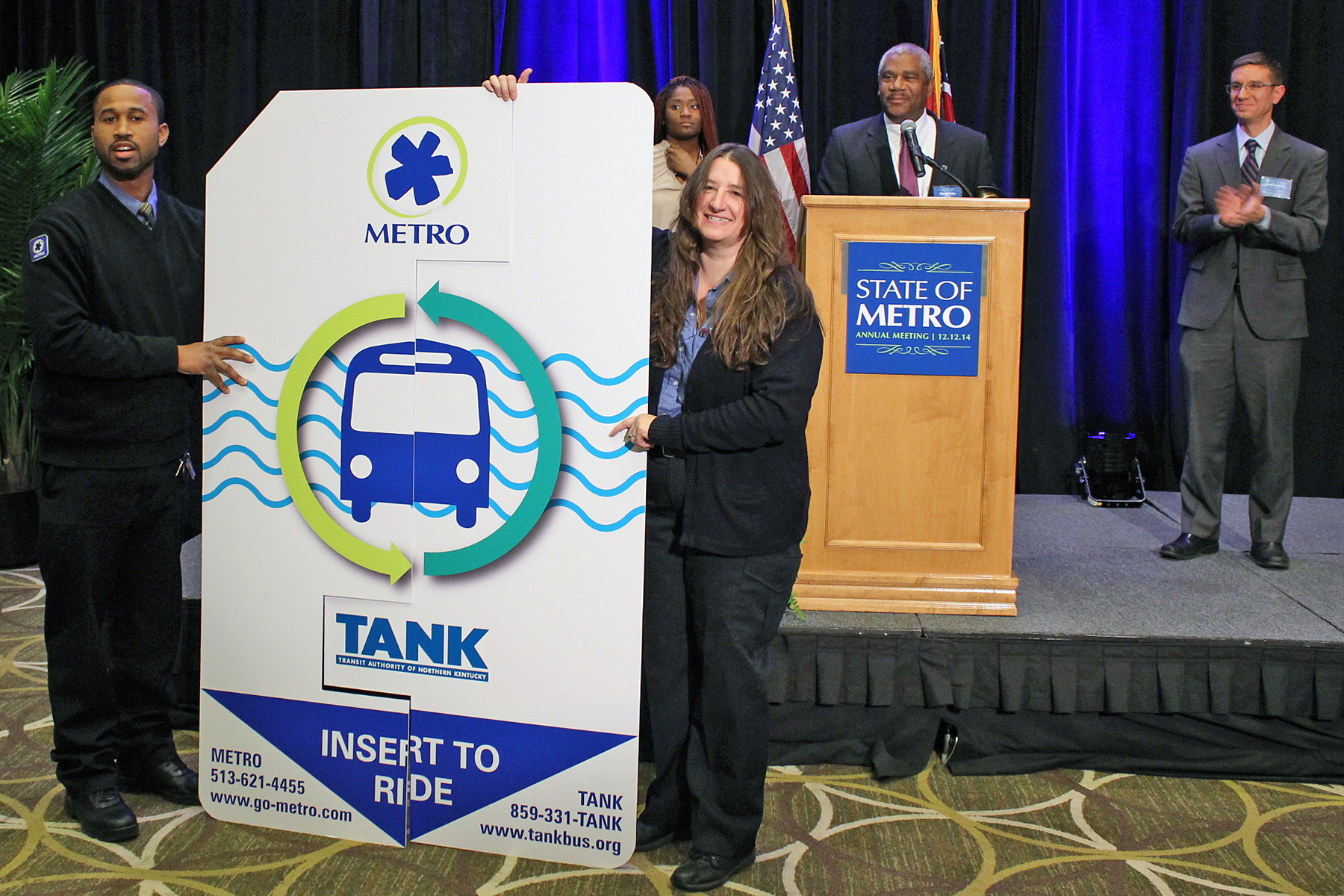
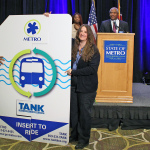
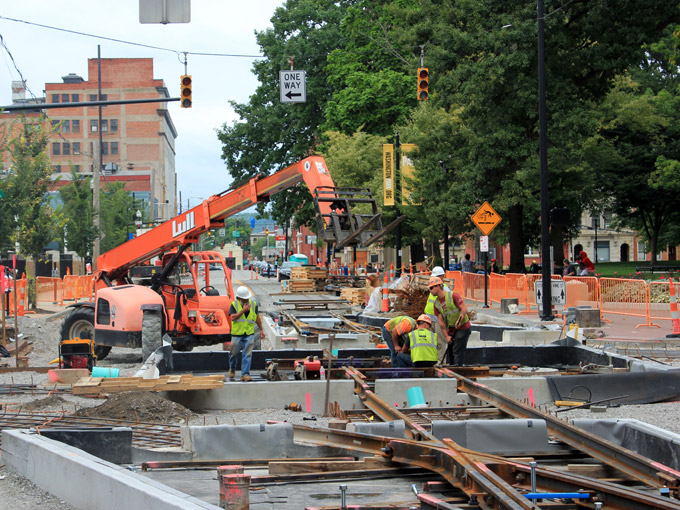
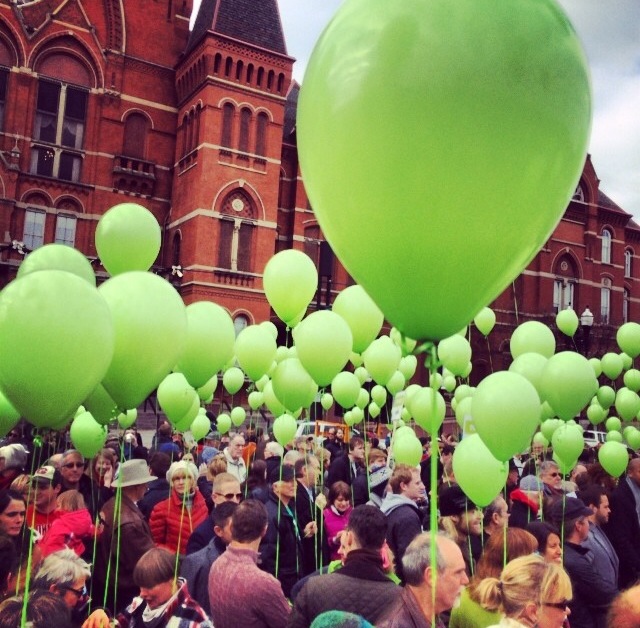
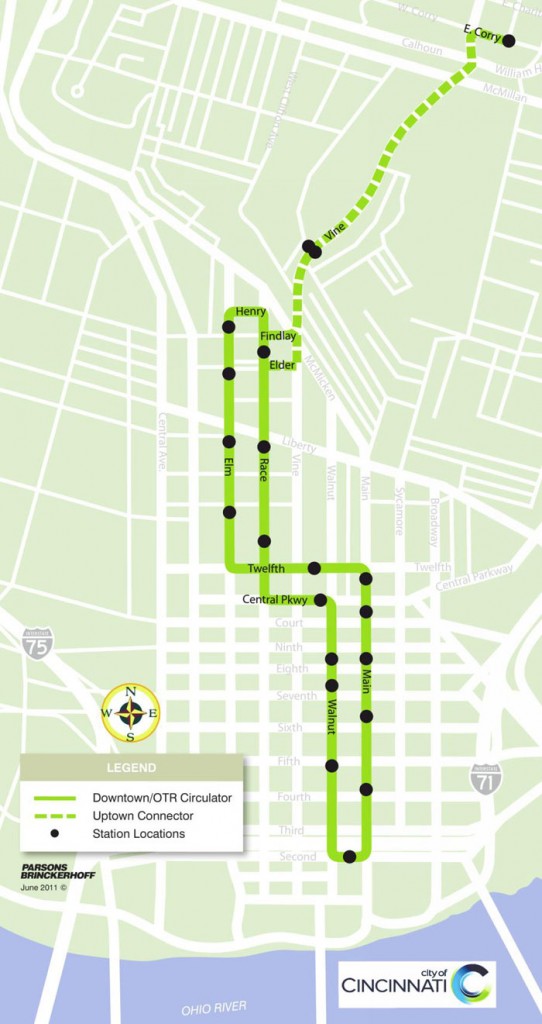 cording to officials at the
cording to officials at the 